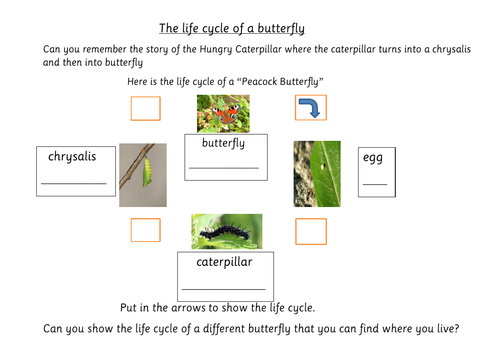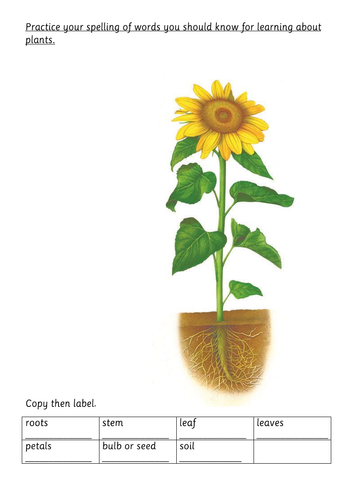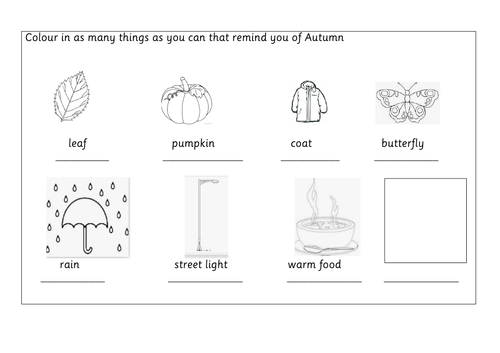Linda Coumbe Shop
I have worked with many children over the years that have been SEN identified that are actually slow learners. The curriculum demands a lot from these children and their teachers. So I am trying to create “Active Learning Sheets” that can be used by all abilities to encourage independence. These will give plenty of practice of key skills as well as learning the key elements of the curriculum without having to take time out of the classroom. I try to use real life examples for imagery.








